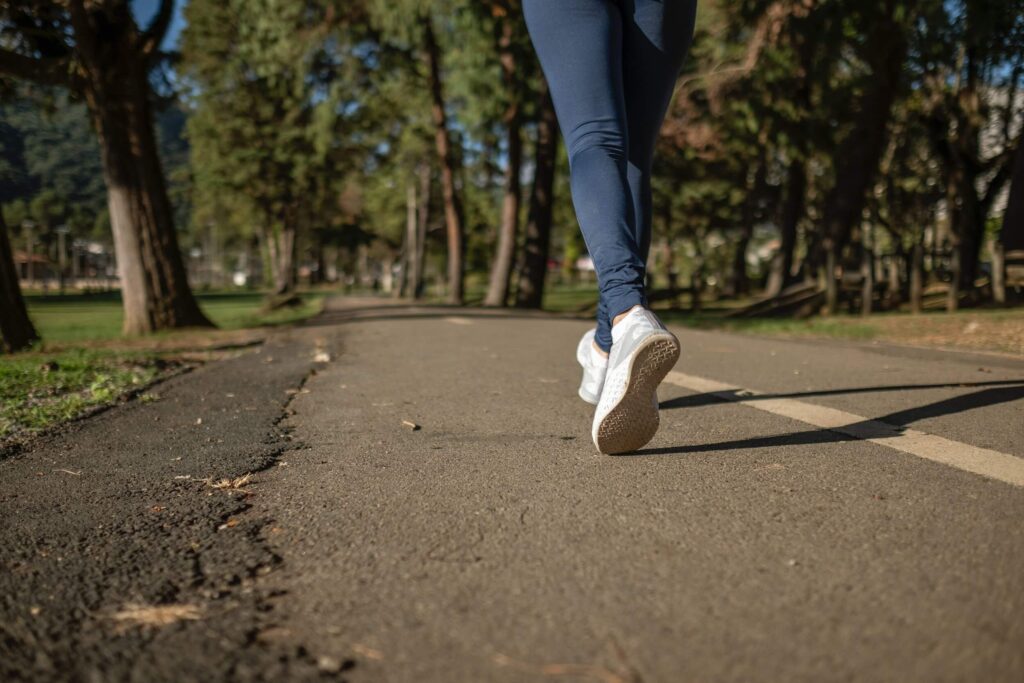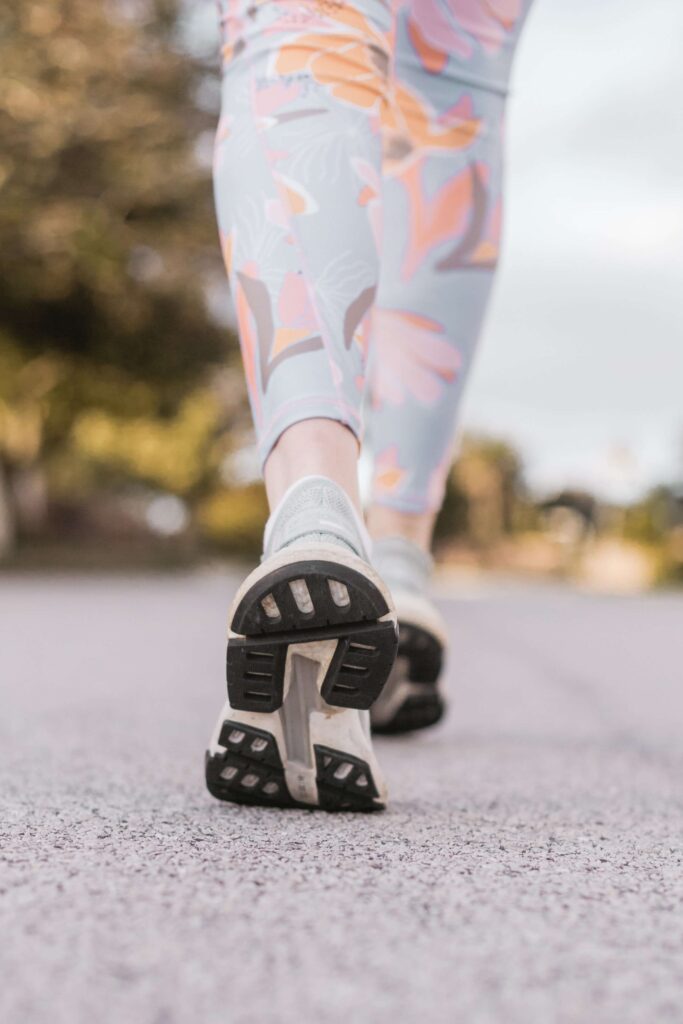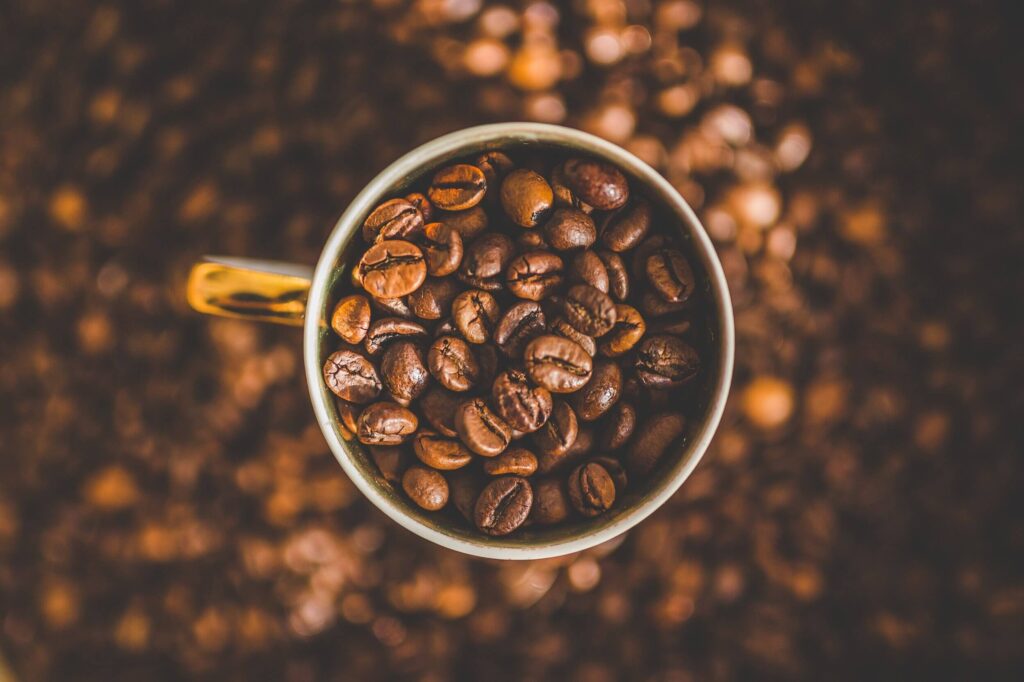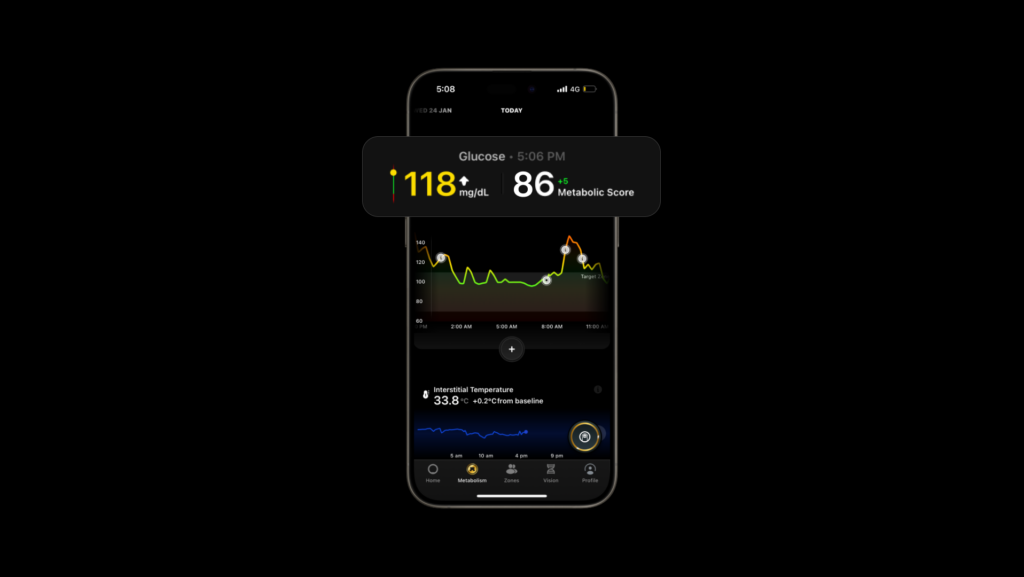The benefits of exercising—whether it’s playing tennis, lifting weights in the gym, or going for a jog—can not be more obvious for an individual’s overall health.
One of the simplest, most common forms of exercise is walking, accessible to everyone, and can be done practically anywhere and at any given time of the day.
However, taking a walk after consuming a meal comes with its own set of special benefits. In this piece, we explore the connection between post-meal walks and markers of metabolic health, specifically blood glucose levels.

Highlights
- Regular walking at any intensity is associated with a substantially lower risk of premature mortality,
- Post-meal walks have a range of metabolic health benefits, primarily regulating your blood sugar and aiding the digestive process,
- By setting a timer or reminder, even a short walk after eating can have a number of benefits when it comes to your overall health.
What is MET?
Each physical activity comes with its own level of intensity, and there are ways to measure this intensity. Physical activity, ranging from mild to vigorous, can be defined in terms of metabolic equivalents (METs).
One MET is the amount of oxygen consumed while sitting at rest. It is used as a standard method to estimate the intensity of physical activity. Anything under 1-2 METs is defined as a low-intensity activity, like walking, sitting, eating, preparing food and washing dishes.
Brisk walking, running, playing a sport and all other exercise-related activities are between 3-6 METs.
Benefits of walking after a meal
Regular walking has been demonstrated to have various health benefits. In fact, a report in the British Medical Journal concluded that higher levels of total physical activity, at any intensity, were associated with a substantially lower risk of premature mortality.
The target heart rate during mild/low-intensity physical activity is between 45% and 54% of your HRmax, which refers to your maximum heart rate, critical to understanding your personal training and to uncover any lingering cardiovascular disease.
Regular exercise is an effective regulator of insulin sensitivity, which indicates how responsive your cells are to insulin. Walking through the day, combined with structured exercise, provides great benefits for overall well-being and metabolic health.
This is defined as having ideal levels of blood sugar, triglycerides, high-density lipoprotein (HDL) cholesterol, blood pressure and waist circumference, without using medications.
Research also suggests, however, that walking after meals, in particular, can have a number of positive effects. Let’s take a deep dive into those.
1. Blood sugar regulation
A notable benefit of walking after eating is improved blood sugar regulation. After a meal, the digestive system converts food into glucose, which subsequently floods the bloodstream.
Another reason walking after meals helps to balance blood sugar is because of the difference between aerobic and anaerobic activity. Aerobic activity generates energy using an incessant supply of oxygen to sustain it without any additional source.
While anaerobic activity breaks down glucose without oxygen, which leads to more glucose being produced in the body. Higher intensity exercise is usually anaerobic, but walking is aerobic and, thus, explains the reduction in blood sugar after a meal, as no excess glucose is produced while the muscles continue to use it.
Since walking is aerobic, it allows muscles to process glucose without the body needing to produce more, and that reduces blood sugar levels. When muscles contract, they’re able to take in more glucose through muscle membranes.
The heart pumps more glucose-containing blood to your muscles, and changes in chemical enzymes involved in glucose uptake (for example, adenosine monophosphate-activated protein kinase or AMPK) further aid the process of glucose transport.
With all of these mechanisms occurring simultaneously, muscle cells utilise the glucose they need to power any activity, and our blood glucose levels drop. The changes in AMPK also allow muscle tissue to absorb glucose without insulin, which helps to keep insulin levels under control.
A 2016 study also found that light walking for ten minutes after each meal was more beneficial than walking for 30 minutes at any one time in terms of blood sugar levels of some individuals with type 2 diabetes.
2. Blood pressure
Regular exercise and physical activity have been linked to better heart health. However, walking after eating has also been shown to regulate, or even lower, blood pressure. This is particularly acute in people who have a sedentary lifestyle or higher baseline blood pressure.
Several studies associate multiple daily 10-minute walks with reduced blood pressure levels, and others also suggest that postprandial (after a meal) walking can have a more profound effect.
Regular activity breaks (walking for 30 minutes) have been found to be more effective than continuous physical activity at decreasing postprandial glycemia (the level or presence of glucose in the blood) and insulinemia (an unusually large concentration of insulin in the blood) in healthy, normal-weight adults.
This is likely because blood pressure is linked to metabolism and is affected by the levels of glucose in the blood, which are reduced by walking. Similarly, studies have indicated that regular walking, even for short durations, over a sustained period of weeks or months, can reduce diastolic and systolic blood pressure by as much as 13%.
Systolic blood pressure measures the pressure in your arteries when your heartbeats. Diastolic blood pressure measures the pressure in your arteries when your heart rests between beats.
3. Sleep
Regular exercise, in any form, can help relieve insomnia or get better sleep. Studies have pointed to exercise being a potential alternative treatment for those with chronic insomnia, and the benefits of walking after eating—in terms of digestion and balancing blood sugar—are also potential reasons why walking after a meal might help one fall asleep more easily.
These benefits are not just limited to those with insomnia. A leisurely post-meal walk contributes to your aerobic activity, while more vigorous exercise might stimulate you further.
Moderate aerobic activity is associated with a longer duration of slow-wave or deep sleep at night, which is an added advantage of taking a walk after eating.
4. Bloating/Digestion
Another major benefit of walking after eating is that it aids digestion. Body movement can improve the speed at which your digestive tract processes food, promoting stimulation of your stomach and intestines.
This could help improve satiety after eating, and has also been linked to lower rates of heartburn, acid reflux, peptic ulcers, and other digestive issues.
In fact, another study found that in comparison to common alcoholic digestifs or espresso, postprandial walking had the greatest effect on the speed of food moving through the stomach and on relieving indigestion or discomfort.
Exercise stimulates peristalsis, which is the process of moving digested food through the gastrointestinal (GI) tract.
A review in the Southern Medical Journal found that physical activity may have a protective effect on the GI tract and that it reduced the risk of colon cancer, gastrointestinal bleeding and a number of other digestive conditions.
5. Weight loss
Walking, in general, is a form of exercise, and thus an important part of weight loss and weight management. Walking boosts metabolism and burns calories which, combined with an effective diet, can lead to a reduction in weight.
Moreover, studies have suggested that post-meal walking can be more effective for weight loss, with better results than walking at other times. Glucose rises to its peak at 30–60 minutes after a meal.
For walking to be effective, it must be started before the glucose level maximises because once insulin is released it will act as an obesity hormone. Research suggests that starting walking as soon as possible is optimal to manage blood sugar levels.
That said, more data is required, as studies conducted so far have had a limited sample size.
6. Stress
Regular exercise, including walking, has been shown to have a positive effect on stress levels for a number of reasons. Walking releases endorphins, which are natural mood enhancers that stimulate relaxation.
Although high-intensity exercise temporarily increases cortisol (stress hormone) levels, regularly practising it improves cortisol balance over time.
Walking, on the other hand, reduces cortisol even after just 20 minutes, and this effect is found to be particularly enhanced when walking ‘meditatively’ rather than while doing other activities.
7. Muscle soreness
Low to moderate intensity walking has benefits in terms of circulation of blood to the muscles, and regular exercise has been shown to reduce muscle soreness after intense workouts.
Though these benefits are not limited to post-meal walking specifically, it’s another reason to stay active after eating and ensure that muscle soreness is alleviated.

The ideal time to walk after eating
With all of these benefits to a post-meal walk, you might wonder when the best time to walk is. Short walks immediately after eating, or within an hour of the meal, are the most beneficial.
Sheri Colberg-Ochs, diabetes and exercise researcher, says that glucose tends to peak 72 minutes after food intake, so you’d want to get moving well before then to enjoy the benefits of lower blood sugar and improved digestion.
Studies have suggested that exercising in the ‘mid postprandial phase’ of the feeding cycle (between 30 and 120 minutes after eating) most effectively curbs glucose levels.
It is also important to consider the kind of food that has been consumed—the body tends to digest liquids or certain foods faster than others and, in those cases, it is best to walk immediately after the meal.
Intensity and duration
Most of the research on post-meal physical activity suggests that low to moderate intensities are best. Anything but really intense exercise could work equally well. High-intensity, strenuous exercise is not recommended, as it could cause digestive distress or lead to an upset stomach.
A 2016 research synthesis found that participants who exerted themselves below 50 percent of their VO2 Max (a measure of aerobic capacity) had the best results in controlling glucose levels.
Since walking or other low-intensity exercises depend on aerobic metabolism, you burn through glucose at a moderate rate to help curb a glucose spike without prompting the production of additional glucose.
On the other hand, high-intensity exercises (above 70 percent of VO2 Max) rely on anaerobic metabolism and stimulate hormones that prompt the liver to produce glucose to meet the rising energy demand, resulting in elevated blood glucose.
The duration of the walk also depends on the desired result. Walking for 30 minutes or so has been found to be the most effective in terms of health benefits, but even shorter activity breaks after eating can be advantageous.
A randomized crossover trial compared post-meal metabolic factors such as blood glucose and insulin between those who walked for a short duration of five to ten minutes with control groups that didn’t walk at all or walked for 30 minutes before a meal.
Those who took the shorter activity breaks lowered both plasma glucose and plasma insulin at a greater rate compared to both prolonged sitting and the single bout of continuous activity.
This could be because, with regular low-intensity exercise, your muscles absorb excess glucose from your bloodstream more frequently, even if it’s only done for brief periods.
The ideal duration of a post-meal walk should be around 30 minutes, but even shorter durations show great benefits compared to staying sedentary or walking before a meal.
Some people may react differently to walking after meals, so it’s important to start with a lower intensity walk, particularly if you’re not in the habit of frequent physical activity.
Conclusion
The most important conclusion from all of the research is simple: whenever possible, move your body after eating. Post-meal walks have a range of metabolic health benefits, primarily regulating your blood sugar and aiding the digestive process.
They could also contribute to weight loss, reduce stress levels and lead to better sleep, blood pressure and heart health. By setting a timer or reminder, even a short walk after eating can have a number of benefits when it comes to your overall health.
Disclaimer: The contents of this article are for general information and educational purposes only. It neither provides any medical advice nor intends to substitute professional medical opinion on the treatment, diagnosis, prevention or alleviation of any disease, disorder or disability. Always consult with your doctor or qualified healthcare professional about your health condition and/or concerns and before undertaking a new health care regimen including making any dietary or lifestyle changes.
References
- Metabolic equivalents (METS) in exercise testing, exercise prescription, and evaluation of functional capacity
- Dose-response associations between accelerometry measured physical activity and sedentary time and all cause mortality: systematic review and harmonised meta-analysis | The BMJ
- Walking after a meal: the simplest habit for stable blood sugar – Levels
- Glucose, exercise and insulin: emerging concepts – PMC
- https://pubmed.ncbi.nlm.nih.gov/27747394/








